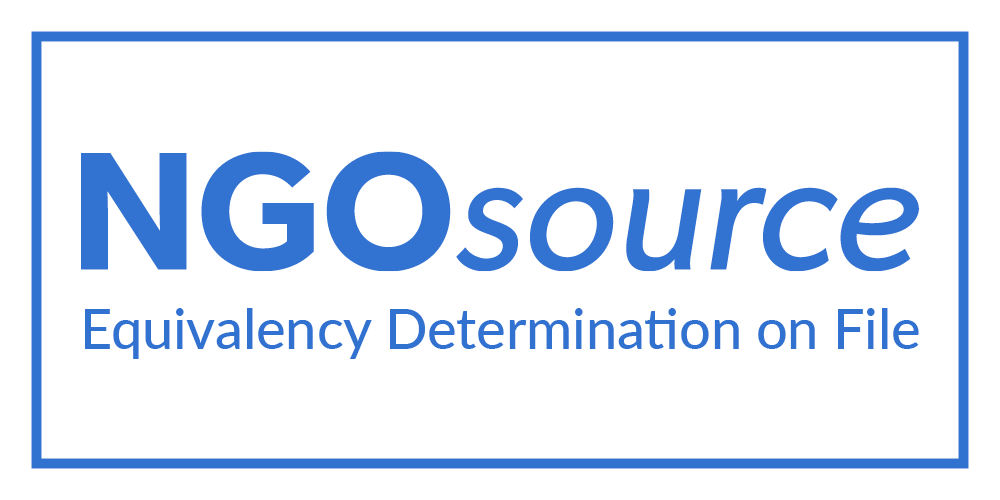New multi-media investigation proves Israel's herbicide spraying near Gaza fence damages lands and crops deep inside the Strip

London-based research agency Forensic Architecture launched a new report on Israel's practice of conducting aerial spraying of herbicides along the Gaza fence, based in large part on research and legal work conducted by human rights organizations Gisha - Legal Center for Freedom of Movement, Adalah - The Legal Center for Arab Minority Rights in Israel, and Al Mezan Center for Human Rights. The report strengthens the organizations’ findings that, Israel’s aerial spraying of herbicides, which it admits was conducted almost 30 times between 2014 and 2018, has damaged lands and crops deep inside the Strip.
CLICK HERE to watch Forensic Architecture’s video investigation
Since 2015, Gisha, Adalah and Al Mezan have cautioned against the practice of aerial herbicide spraying, and led a legal battle to expose information about it and demand that Israel put an end to the highly destructive and hazardous measure. In response to a letter by the three organizations to the Israeli Minister of Defense, the Military Advocate General and the Attorney General, Israel emphasized (Hebrew) that it only conducts spraying over Israeli territory and above the fence with Gaza, claiming that special precautions are taken in order to minimize the reach of the chemical agents, and that the spraying is supervised and regulated.
Forensic Architecture's analysis of first-hand videos reveals that the aerial spraying, which is carried out by commercial crop dusters hired by the Israeli Ministry of Defense operating on the Israeli side of the fence with Gaza, was conducted in conditions where winds carried the chemicals westward into the Strip and at damaging concentrations. Importantly, the report emphasizes that the Israeli practice of aerial spraying when the wind is blowing into Gaza “causes indiscriminate damage” where “the effects are less readily controllable, and the extent of damage on Palestinian farmland per spray is largely unpredictable.” According to the report, “when effective drift control techniques are not applied, the Israeli army cannot mitigate the reach of the chemicals sprayed along Gazan farmland” and that “this ongoing military practice along the eastern border enacts a heavy price on Gaza’s farming community and the broader civilian population."
Statement by Gisha, Adalah, and Al Mezan: "The aerial spraying infringes on fundamental human rights and violates Israeli and international law. There is no justification or legal basis for the continued use of this highly destructive practice, which causes disproportionate damage to residents of the Strip and their crops. We call on Israel to cease all spraying in the Gaza Strip area in the future."
This year, for the first time since 2014, no herbicide spraying was conducted by Israel, with positive ramifications for the farming sector in the Strip. In a new video published today by Gisha, Adalah and Al Mezan, farmers and herders whose livelihoods depend on the lands closest to the fence with Israel attest to the potential of a season without spraying, the first in years. It is crucial that Israel commit to terminating the practice altogether in order to enable Gaza's agriculture sector to develop and prosper.
The findings of Forensic Architecture's investigation are accessible online, and are also being featured in an exhibition at the Khalil Sakakini Cultural Center in Ramallah. On 21 July 2019, the opening night of the exhibition, a panel of legal experts convened to discuss the potential contribution of multi-media investigations by Forensic Architecture, such as the one described here, in seeking legal remedy for severe violations of human rights. The panel's speakers include Adv. Muna Haddad (Gisha), Adv. Hassan Jabareen (Adalah), Maha Abdallah (Al Haq), and Adv. Sahar Francis (Addameer).












